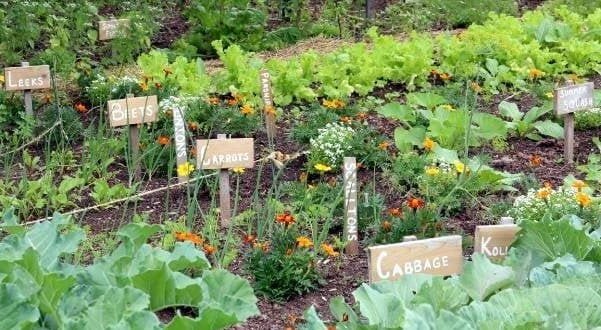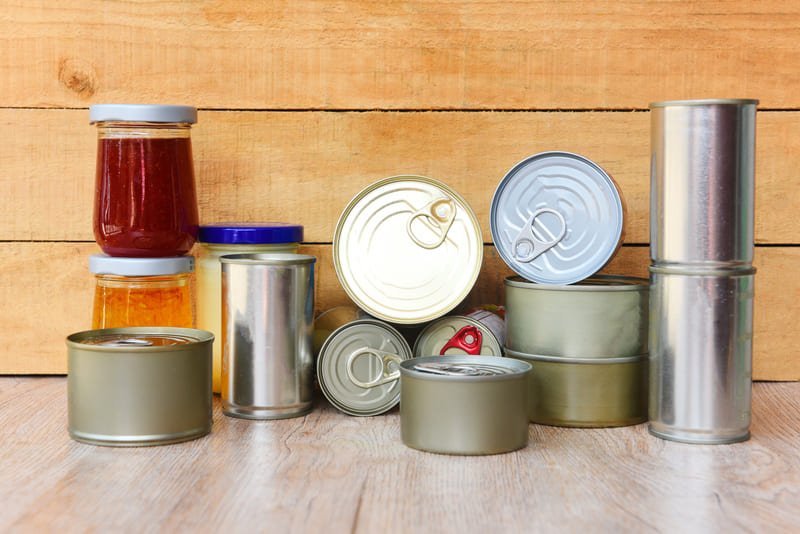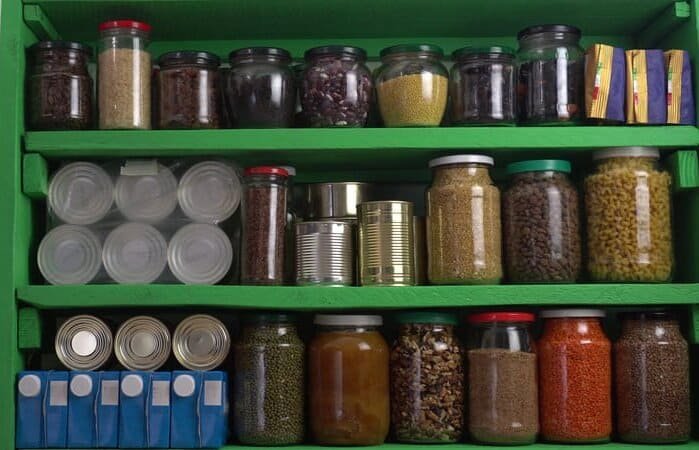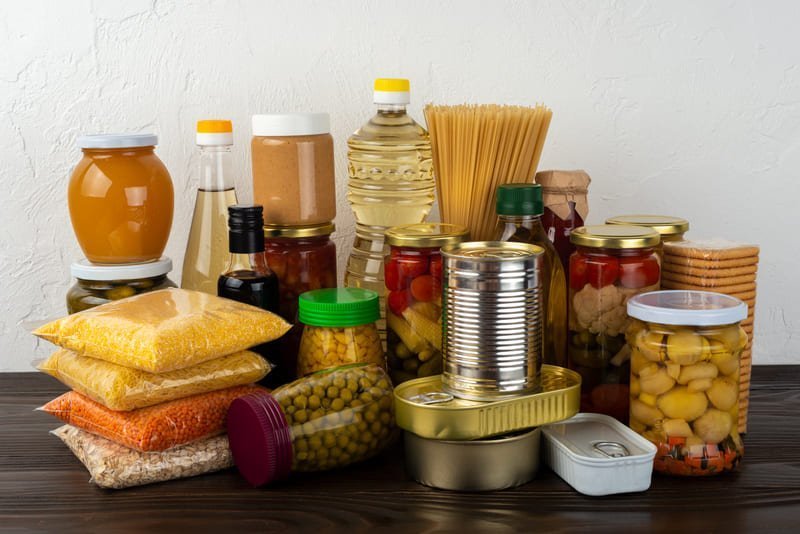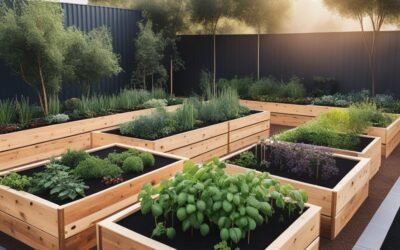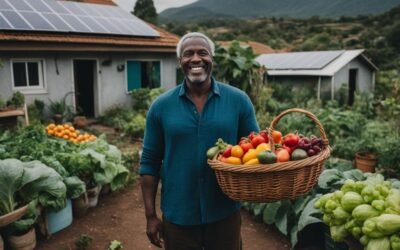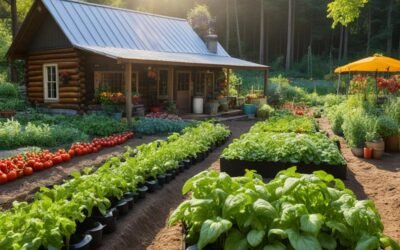Grow Your Own Food
Beginners guide to growing you own food
Beginner’s Guide on how to Grow Your Own Food
Growing your own fruits, vegetables and herbs at home has exploded in popularity, allowing people to enjoy ultra-fresh, organic produce while controlling exactly how it’s grown. When you grow your own food, you decide everything—from nourishing your soil to determining ideal harvest times. This comprehensive 1500+ word beginner’s gardening guide covers all the key steps for successfully planning and maintaining a thriving backyard or container food garden, from seed to harvest.
Why Grow Your Own Food? The Benefits Are Abundant
There are countless excellent reasons to produce more of your own fruits, vegetables and herbs at home:
- Enjoy access to the freshest, tastiest produce straight from your backyard
- Know precisely where your food comes from and how it was grown with no mystery ingredients
- Significantly reduce your grocery bills as yields from your garden ramp up
- Grow highly nutritious, organic, chemical-free fruits and veggies full of vitamins and minerals
- Gain a sense of self-sufficiency and food security for your household
- Get enjoyable, low-impact outdoor exercise while relieving stress
- Reduce your carbon footprint by eliminating transportation emissions and plastic waste
Whether you’re working with a spacious garden or just some containers on your balcony or windowsill, you can successfully grow food at home with the right plans and practices.
Plan and Design Your Ideal Food Garden
Proper planning and preparation helps ensure your edible garden thrives:
- Select a sunny location that receives at least 6-8 hours of direct sunlight daily and has decent drainage
- Test your native soil’s pH and nutrients. Amend and improve as needed with compost and organic matter.
- Pick suitable crops like tomatoes, leafy greens, carrots and peppers that match your gardening zone and season length
- Map out beds, walkways, trellises and plant spacing to make the most of your space – sketch first!
- Prepare soil by loosening, removing weeds, debris and mixing in several inches of quality compost
- Build raised garden beds with rich potting soil if your current yard soil is heavy clay or sand with poor fertility
Get Your Soil in Tip-Top Shape
The foundation of bountiful harvests is healthy, nutrient-rich soil. Here are tips for nourishing your soil:
- Test pH annually and amend soil as needed – most vegetables thrive in slightly acidic soil
- Mix in several inches of high-quality compost across all beds to feed plants and beneficial microbes
- Find yourself some local organic fertilizer if you can before you start growing
- Deeply loosen compacted areas and remove rocks, roots and debris to facilitate root growth
- Mulch beds with leaves, wood chips or straw to conserve moisture, suppress weeds and improve soil as it decomposes
- Plant cover crops like clover, rye and legumes to boost organic matter, suppress weeds and prevent erosion
Start Seeds Indoors for an Early Start
Starting seeds indoors provides warmer conditions for faster germination and plant growth:
- Choose high-quality seeds matched specifically for your growing zone and season length
- Use a seed starting mix, humidity dome, grow lights and heating mat for nurturing indoor seedlings
- Harden off young plants gradually over 7-10+ days to transition them to outdoor conditions
- Transplant seedlings into garden beds at proper depth when soil has warmed sufficiently
- Use floating row covers over beds for protection from cold, wind, pests after transplanting
Maintain Your Garden to Keep Plants Healthy
Consistent maintenance is crucial for keeping plants productive all season long:
- Water deeply 1-2 times per week during dry spells to soak entire root zones thoroughly
- Weed regularly throughout the raised beds, and mulch well with organic materials to suppress weeds
- Fertilize organically on a schedule with compost, manure tea, fish emulsion and other amendments
- Scout for pest/disease issues daily. Identify problems early and treat organically as needed
- Harvest crops promptly at peak ripeness for maximum flavor, texture and nutritional quality
Expanding Into Growing Fruits, Herbs and More
Once you’ve mastered the vegetable gardening basics, continue expanding into other edibles:
- Grow dwarf or semi-dwarf fruit trees suited to your climate – try apples, pears, peaches, plums
- Add easy culinary herbs like parsley, basil, cilantro, oregano, sage and thyme
- Include tasty berries like strawberries, raspberries, blackberries and blueberries
- Install trellises and cages for vertical gardening with vining crops like cucumbers, peas, beans and tomatoes
The possibilities for growing your own healthy, organic foods are endless! Let your climate and tastes guide you.
With proper planning, preparation and care, you can create a thriving edible oasis even as a beginner gardener. Follow this comprehensive guide, and you’ll be harvesting homegrown produce and herbs in no time. The joys of growing your own food are truly bountiful – let’s get planting!


